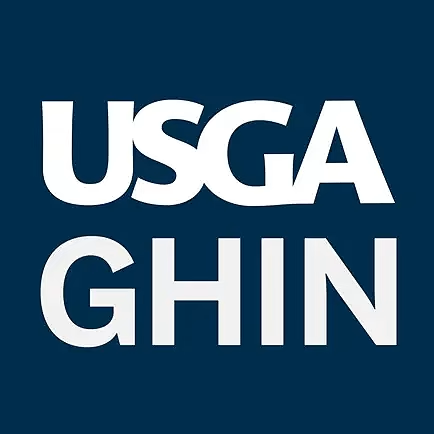
LIBERTY CORNER, N.J. (Oct. 15, 2020) – Through funding provided by the United States Golf Association (USGA), researchers at the University of Minnesota and Michigan State University have reached a key milestone in the most comprehensive study ever conducted on the environmental impact that golf courses have on their communities.
The Community Values of Golf Courses project quantified the environmental benefits of 135 golf courses in the Twin Cities metropolitan area as compared with five other land uses: natural areas, city parks, suburban residential zones, urban residential zones and industrial parks.
The researchers demonstrated that properly managed golf courses provide the greatest amount of cooling among land uses, are more supportive of pollinators than urban residential or industrial areas, and retain more nutrients from stormwater runoff than suburban or urban residential areas. In general, this demonstrates that golf courses enhance surrounding communities in much the same way as city parks or open green spaces.
Correspondingly, the conversion of golf courses to residential or industrial use would sacrifice associated environmental value afforded to communities and could result in reduced biodiversity and increased temperatures and nutrient transport to surface and ground water.
A summary of preliminary conclusions from the ongoing project can be found in the Sept. 4 edition of the Green Section Record, the USGA’s digital magazine that offers the latest information on turfgrass culture, environmental issues, economic sustainability and research.
The groundbreaking research is part of the global Natural Capital Project, composed of groups that have developed a systematic approach that places a value on nature and the benefits it provides to people and their communities. Formed in 2006, key collaborators include the Nature Conservancy, World Wildlife Fund, Stanford University, and the University of Minnesota’s Institute on the Environment, among other leading sustainability organizations.
“This research marks a significant moment for public golf as courses around the country face the continued threat of redevelopment for residential and commercial use,” said Mike Davis, CEO of the USGA. “It is critical to the health of our communities, particularly in urban areas, that golf courses are viewed through the same lens as a city park or other similar green space, and value is placed on their environmental benefits as well as their balance sheets.”
The models and methods used for the initial set of Midwest courses quantified their “natural capital” by applying globally accepted principles that quantify the value of golf courses in terms that land planners commonly employ when determining land use. The project is now being expanded to include more cities in order to document a set of community benefits of golf courses that will be applicable to most major urban areas in the country.
“As the world transitions to a more urban lifestyle, it is critical that we understand the consequences of development decisions on urban green spaces,” said the University of Minnesota’s Natural Capital Project program director Dr. Eric Lonsdorf.
“Examining the environmental and societal impact of changing a golf course’s land footprint to a different land cover or management type can help us understand the implications of that decision on the ecosystem services provided by green spaces to the surrounding community,” added Dr. Brian Horgan, a professor and the chairperson from Michigan State University’s Department of Plant, Soil, and Microbial Sciences.
The work for the USGA will help golf courses – especially those owned or managed by municipalities, cities and counties – make decisions that account for the outdoor recreation they provide, the biodiversity and the habitats they offer for wildlife and food pollinators, and the environmental benefits they deliver, including stormwater runoff mitigation, urban cooling and carbon sequestration.
The USGA signed a five-year master research agreement with the University of Minnesota in 2015 in an effort to develop solutions to golf’s present and future challenges. The work was conducted by Lonsdorf, Horgan, Ben Jenke Ph.D., and Chris Nootenboom.
The USGA has invested nearly $400,000 into the Community Values of Golf Courses project over a three-year period as part of its annual investment in the Turfgrass and Environmental Research Program (TERP), the largest private research effort in the history of golf. Since the program’s inception, the USGA has invested more than $41 million to advance golf by using science and innovation as the foundation to impact thousands of courses and millions of golfers.
For more information: Danny Vohden, dvohden@usga.org














